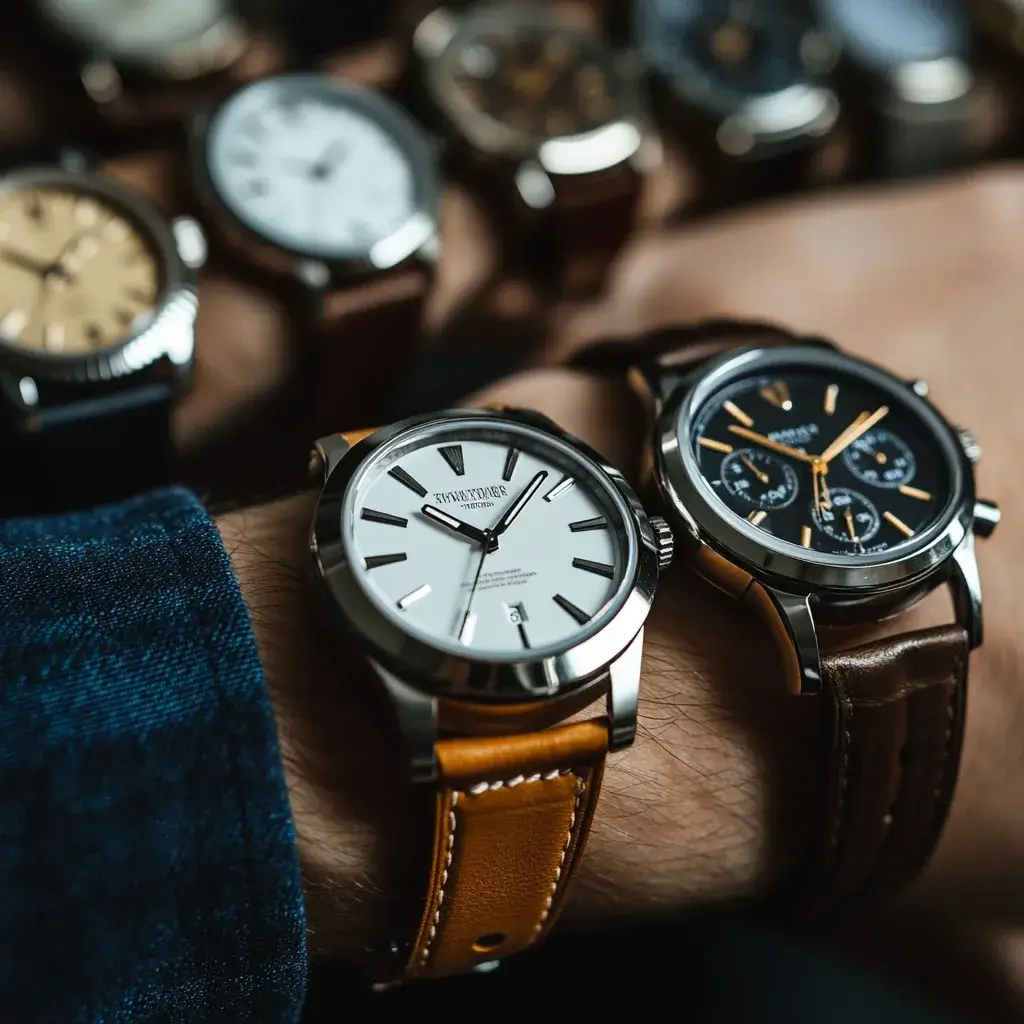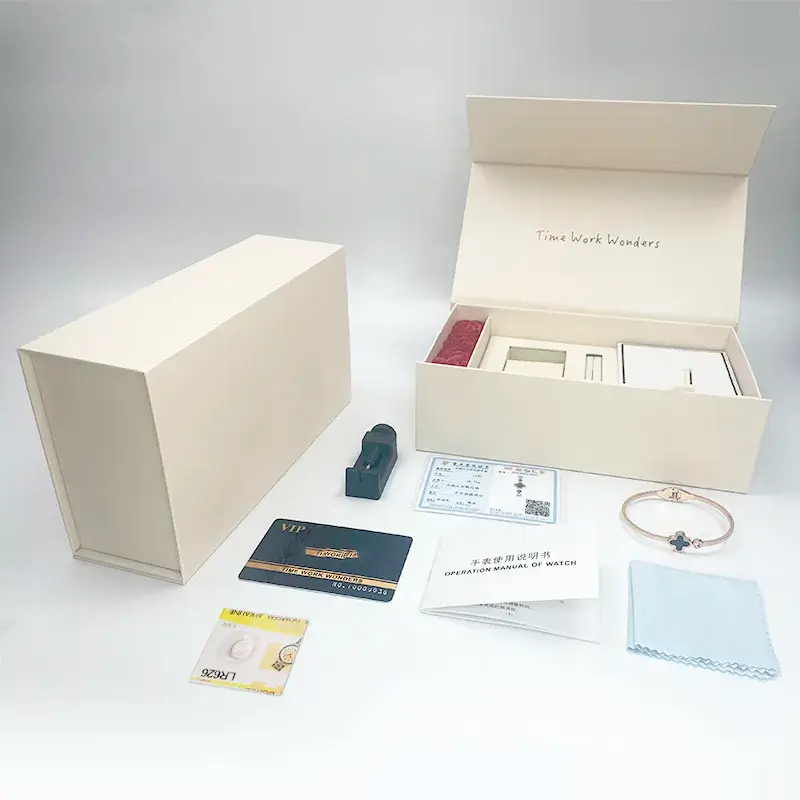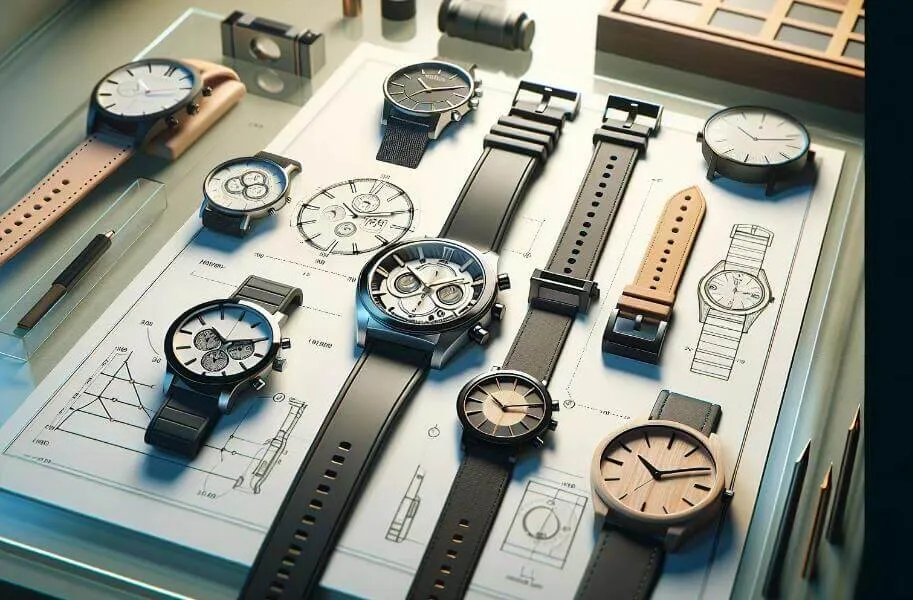Listas de fábricas de fabricantes de relógios na China

Lista de Watch Factory na China, aqui você pode escolher e comparar em nossas listas
Relógio de liga versus relógio de aço inoxidável, qual devo escolher?

De um modo geral, são diferenças de materiais, 99% dos clientes europeus e dos EUA escolherão material de aço inoxidável, enquanto menos parte escolherá material de liga, pois as caixas de aço inoxidável são duráveis, têm mais acabamento bonito, pesado e de alta qualidade, mas tudo isso está relacionado ao seu orçamento.
Movimento Japão VS Suíço, quais são suas vantagens e diferenças?

Recently, I’ve been discussing the design with one customer. He is upset about which movement to choose from. while many customers have the same trouble choosing a movement. they need to consider every aspect of the watches design, so it makes people hard to choose from. So Japan VS Swiss Movement, What’s Their Advantage? Japanese […]
Quartzo ou relógio automático? Como saber?

When looking at his watch, how can I tell if it’s a quartz or automatic watch? I’m trying to figure it out but I can’t open it to check. Is there any way to tell the difference? To determine whether your watch has a quartz or mechanical movement, observe the second hand: if it ticks […]
Quantos relógios um homem deve possuir?

In general, A man should own 3 to 6 watches can cover most needs while allowing for variety and expression of personal style. here are some common styles you should have:
O que há em um conjunto completo de embalagem de relógio?

Dê uma olhada no que algumas das outras marcas de relógios têm em seu conteúdo de embalagem de produtos, consulte o deles e faça seus kits de embalagem.
Por que os relógios são tão caros, o que aumenta o preço?

Então, por que os relógios são tão caros? A resposta está em uma combinação de fatores, incluindo custos de produção, exclusividade, artesanato e reputação da marca
Personalize a caixa de observação (funções, custo, material e muito mais)
If customize watch box, What do you consider? When customizing a watch box, You should consider the following: Customization options and Branding Budget and Cost Essential Functions Material & Box Structure Watch box Interior Focusing on these aspects helps create a watch box that protects the timepiece and reinforces your brand’s image. Customization and Branding […]
Listas de marcas de relógios chinesas

China is a global leader in watch manufacturing, producing a wide range of high-quality timepieces in cities like Shenzhen, Guangzhou, Shanghai, and Tianjin. This article explores top Chinese watch factories and answers key questions about the industry, helping you understand the best options for sourcing watches from China.
I tooken several days, searched google, china main B2B platform and combine our years experiences in watch industry, made the lists.
Etapas para projetar sua própria marca de relógios (sem contratar um designer)

Designing your own watch brand can be both challenging and rewarding. Partnering with a professional watch factory can streamline the process, saving you time and costs.
Here are some experiences where we’ve assisted our customers in designing their watches
